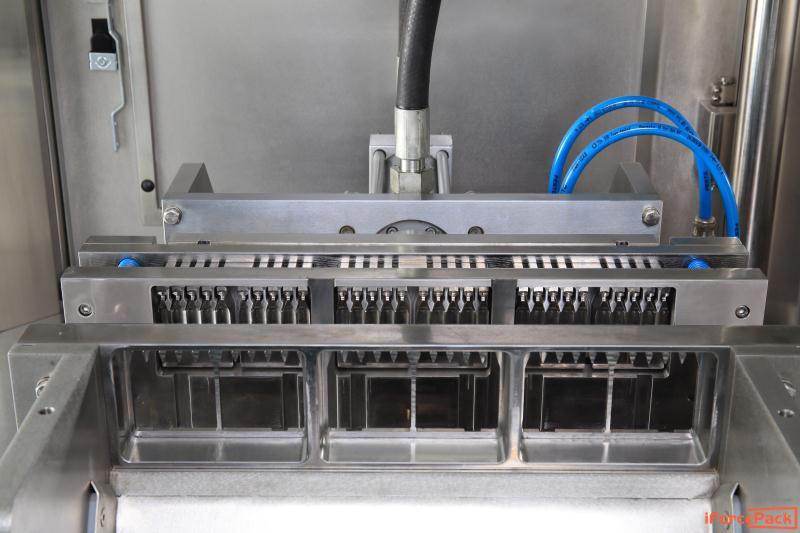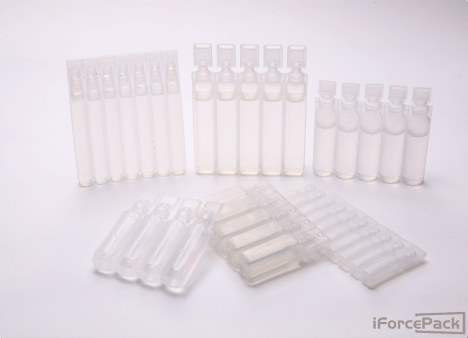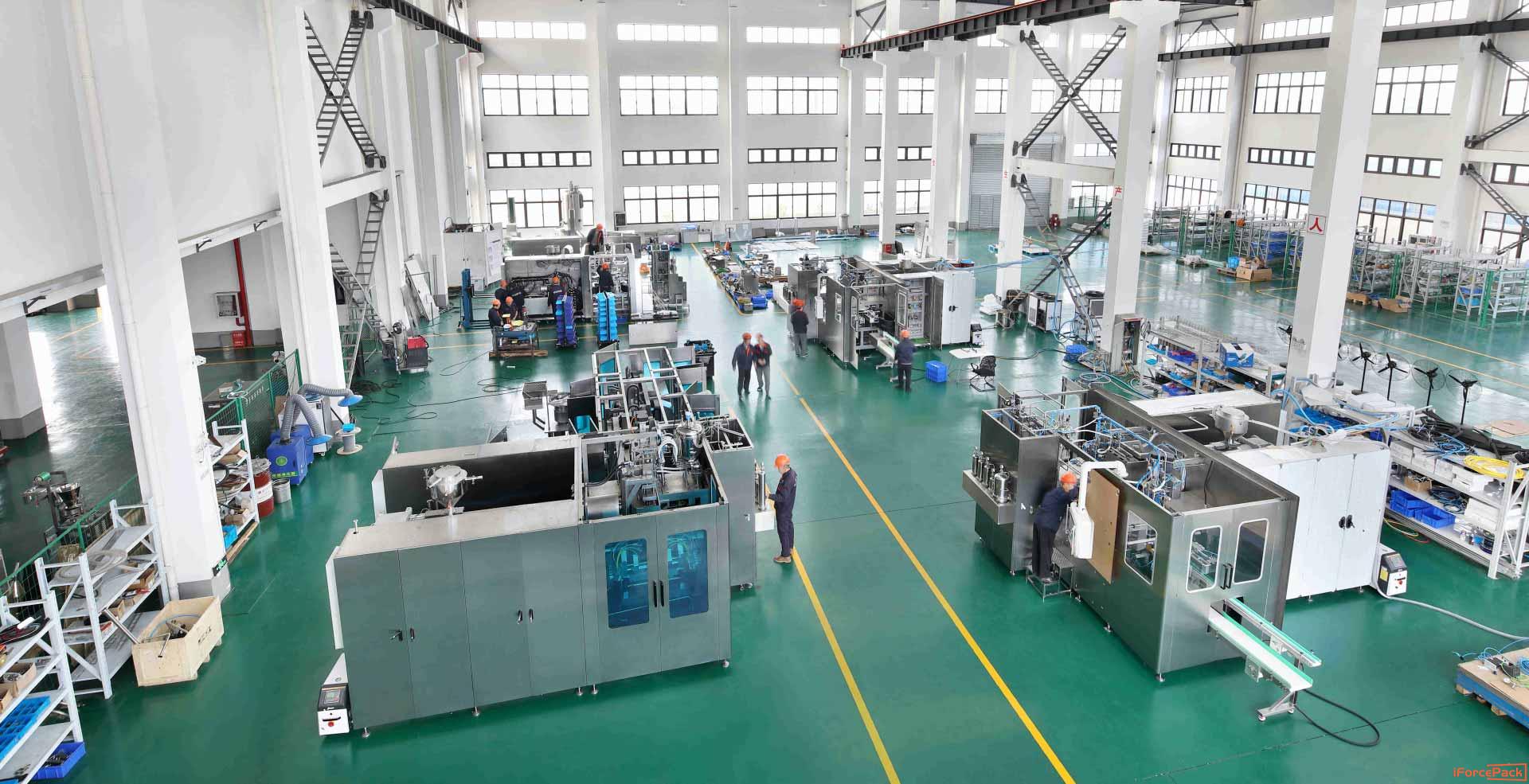Introduction
The pharmaceutical industry is constantly searching for new and improved manufacturing processes to meet the increasing demand for high-quality, safe, and effective drugs. One such technology that has revolutionized the production of small-volume parenteral (SVP) liquid dosage forms is the Blow Fill Seal (BFS) process. BFS is a fully automated, aseptic manufacturing process that involves the formation, filling, and sealing of a plastic container in a single continuous operation. In this article, we will discuss the principles of the BFS process, its advantages, and its applications in the pharmaceutical industry.

Principles of the BFS Process
The BFS process involves three main steps: blow, fill, and seal. The process starts with the extrusion of a plastic parison (a small, hollow tube) from a plastic extruder. The parison is then cut to the desired length and transferred to the filling station. At the filling station, the parison is clamped between two mold halves, and the drug product is injected into the parison using a sterile filling needle. Once the parison is filled, the mold halves close, and the open end of the parison is sealed by applying heat and pressure. This results in the formation of a hermetically sealed plastic container that contains the drug product.

Advantages of BFS Technology
BFS technology offers numerous advantages over traditional manufacturing processes for SVP liquid dosage forms. Some of the key advantages of BFS technology include:
1.Increased efficiency: The BFS process is a fully automated, continuous process that can produce up to 600 containers per minute. This results in high production rates and increased efficiency.
2.Reduced risk of contamination: The BFS process is performed in a sterile environment, which significantly reduces the risk of contamination.
3.Improved product quality: The BFS process produces containers that are uniform in shape and size, which ensures consistent dosing and improved product quality.
4.Longer shelf-life: The hermetically sealed containers produced by the BFS process have a longer shelf-life than those produced by traditional manufacturing processes.
5.Reduced production costs: The BFS process is a highly efficient and automated process that requires fewer materials and less labor than traditional manufacturing processes. This results in reduced production costs.



Applications of BFS Technology
BFS technology is widely used in the pharmaceutical industry for the production of various SVP liquid dosage forms, including eye drops, nasal drops, and injectable solutions. BFS technology is particularly useful for the production of sterile liquid drugs that require high accuracy, consistency, and sterility. Some of the key applications of BFS technology in the pharmaceutical industry include:



1.Production of ophthalmic products: BFS technology is widely used for the production of ophthalmic products such as eye drops and eye ointments.
2.Production of nasal products: BFS technology is also used for the production of nasal products such as nasal drops and nasal sprays.
3.Production of injectable products: BFS technology is commonly used for the production of injectable products such as vaccines, antibiotics, and insulin.

Conclusion
The BFS process is a highly efficient, automated, and aseptic manufacturing process that has revolutionized the production of SVP liquid dosage forms in the pharmaceutical industry. The process involves the formation, filling, and sealing of a plastic container in a single continuous operation, resulting in high-quality, consistent, and sterile drug products. BFS technology offers numerous advantages over traditional manufacturing processes, including increased efficiency, reduced risk of contamination, improved product quality, longer shelf-life, and reduced production costs. As a result, BFS technology is widely used in the production of various SVP liquid dosage forms, including eye drops, nasal drops, and injectable solutions.
Contact: iForcePack
Phone: +86-198 7511 8892
E-mail: info@iforcepack.com
Add: J101,Haitang,Siji huacheng, Bantian Street, Longgang District, Shenzhen, Guangdong, China